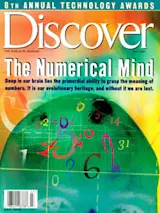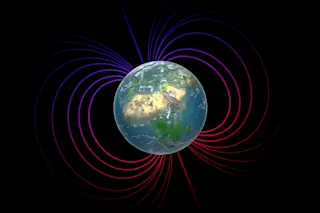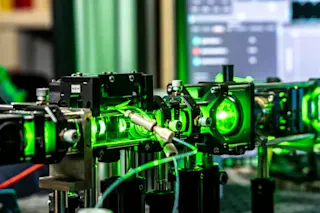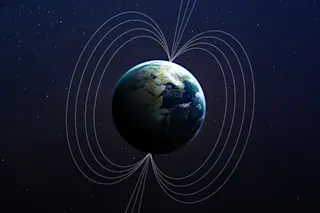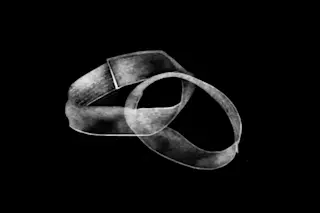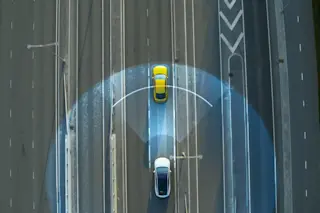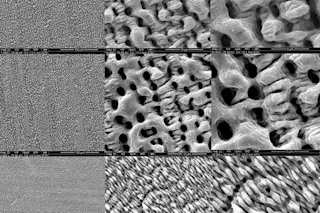In the history of technology, inventors have not always been treated kindly. For every Bill Gates or Steven Jobs who makes a lucrative transition from scientist to entrepreneur, there are thousands of great inventors who miss out on fame and fortune altogether. Take Pearl Wait, the Le Roy, New York, cough syrup maker who invented Jell-O in 1897. Selling it door-to-door, he couldn’t give the fruit-flavored gelatin away, so he relinquished the rights to a neighbor for $450. Nine years later Jell-O sales reached nearly $1 million; today, if all the Jell-O boxes made in a 20-month period were put end to end, they’d stretch around the world. Then there’s Edwin Armstrong, the engineer who invented fm radio in 1933. At first, radio companies rejected Armstrong’s innovation. Later, when fm’s superior reception proved apparent, they appropriated the technology without paying him. Armstrong sued, but after five years of litigation he ...
1997 Discover Awards: Introduction
Explore the history of technology and discover the unsung heroes behind groundbreaking innovations recognized by the Discover Awards.
More on Discover
Stay Curious
SubscribeTo The Magazine
Save up to 40% off the cover price when you subscribe to Discover magazine.
Subscribe

